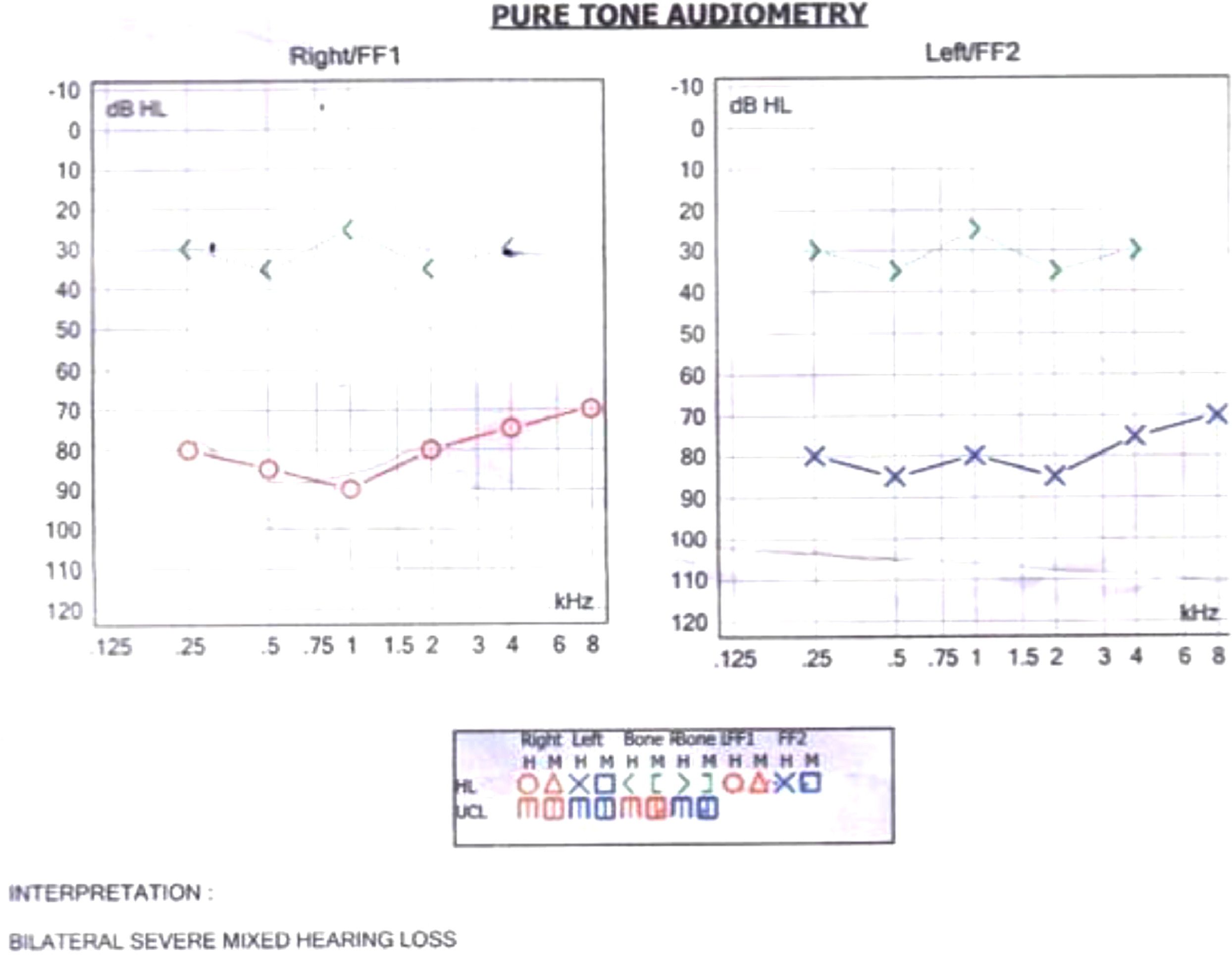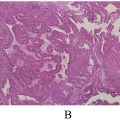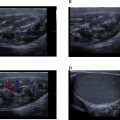Abstract
This research presents a unique observation of congenital conductive hearing loss linked to an atypical pathway of the facial nerve covering the oval window—a condition first reported by Henner. We explore the case of a 13-year-old boy suffering from lifelong bilateral hearing loss and tinnitus. Diagnostic imaging via high-resolution computed tomography of the temporal bone disclosed the unusual positioning of the facial nerves bilaterally, emphasizing the role of precise imaging in identifying uncommon anatomical deviations that impact clinical decisions.
Introduction
Congenital conductive hearing loss poses significant diagnostic challenges due to its varied origins and the intricate nature of ear anatomy. Our focus is on a peculiar case where the facial nerves on both sides abnormally cross into the mesotympanum area, adversely affecting the interaction between the stapes and the oval window. Discovered through HRCT, this anomaly highlights the necessity of comprehensive imaging and the need for heightened awareness of uncommon anatomical differences in the effective management of congenital auditory disorders.
Anatomy
The facial nerve typically follows a predictable path through the temporal bone, with segments including the intracranial, meatal, labyrinthine, tympanic, and mastoid segments. The tympanic segment usually runs posterior to the oval window. However, variations can occur, such as an anterior and superior displacement, which can complicate surgical procedures involving the middle ear.
Case discussion
Patient presentation
A 13 year old male child had complained of bilateral hearing loss and tinnitus since birth with no history of ear infections, trauma, or otalgia. The patient was further investigated with impedance audiometry ( Fig. 1 ).











